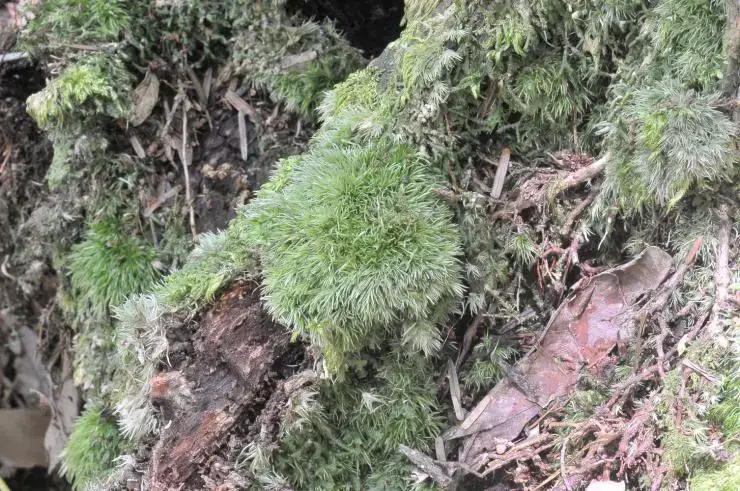
7037e79d418c961c5141889e083833ce.jpg from: https://taieol.tw/muse/digi_object/2355523fe7d6b11d4b7a8ac495911fd7
Exploring the Fascinating World of Lepidopilum stolonaceum Moss
Introduction
Mosses are small but mighty plants that play important roles in ecosystems around the world. One particularly interesting species is Lepidopilum stolonaceum Müll.Hal., a moss in the Pilotrichaceae family. In this blog post, we’ll take a closer look at this fascinating bryophyte, from its unique morphology to its ecological adaptations. Get ready to dive into the captivating world of Lepidopilum moss!
Background on Mosses
Before we focus on L. stolonaceum specifically, let’s review some background on mosses in general. Mosses are non-vascular plants in the division Bryophyta. They lack true roots, stems, and leaves, instead having structures that serve similar functions. Mosses reproduce via spores rather than seeds and require moisture for sexual reproduction. There are over 12,000 species of moss found all around the world, from the Arctic to the tropics.
Morphology and Identification
Lepidopilum stolonaceum is a pleurocarpous moss, meaning its reproductive structures (sporophytes) grow laterally from the sides of the stems. The shoots are freely branched and the leaves are complanate (flattened into one plane). The leaves are oblong to oblong-lanceolate in shape and have a short double costa (midrib). Leaf margins are entire to serrulate near the apex.
One of the most distinctive features of L. stolonaceum is the presence of attenuate, microphyllous branchlets that arise from the shoots. These branchlets have much smaller leaves compared to the main shoots. Overall, the moss forms dense mats with a somewhat glossy appearance.
Global Distribution and Habitat
L. stolonaceum has a neotropical distribution, found in Central and South America, as well as the Caribbean. Some of the countries where it has been recorded include:
- Brazil
- Colombia
- Costa Rica
- Ecuador
- Jamaica
- Mexico
- Panama
- Peru
- Venezuela
This moss grows in humid tropical forests from lowland to montane elevations. It is typically found on tree trunks, branches, and decaying logs, where it forms extensive mats. The micro-habitat is characterized by high moisture and shade.
Ecological Roles and Adaptations
Like other mosses, L. stolonaceum plays several important roles in its ecosystem:
Moisture retention: The dense mats help trap and retain moisture, regulating humidity in the forest understory.
Providing habitat: Many small invertebrates live among the shoots, which provide shelter and maintain humid conditions.
Nutrient cycling: As the lower parts of the mats decay, they release nutrients back into the ecosystem.
The attenuate branchlets of L. stolonaceum are an adaptation that helps this moss succeed in its habitat. The smaller leaves on the branchlets increase surface area for absorbing water and nutrients from the air and surface flow. This allows the moss to maximize water uptake during periods of high moisture. The branchlets may also help protect the main shoots from damage.
Conclusion
Lepidopilum stolonaceum is a prime example of how mosses are adapted to thrive in specific conditions – in this case, the humid understories of tropical forests. From its glossy mats to its attenuate branchlets, every aspect of this moss is finely tuned to its habitat. The next time you’re walking through a tropical forest, take a closer look – you just might spot this small but spectacular plant!
What other secrets do you think the world of mosses holds? What fascinating adaptations have you noticed in the mosses around you?